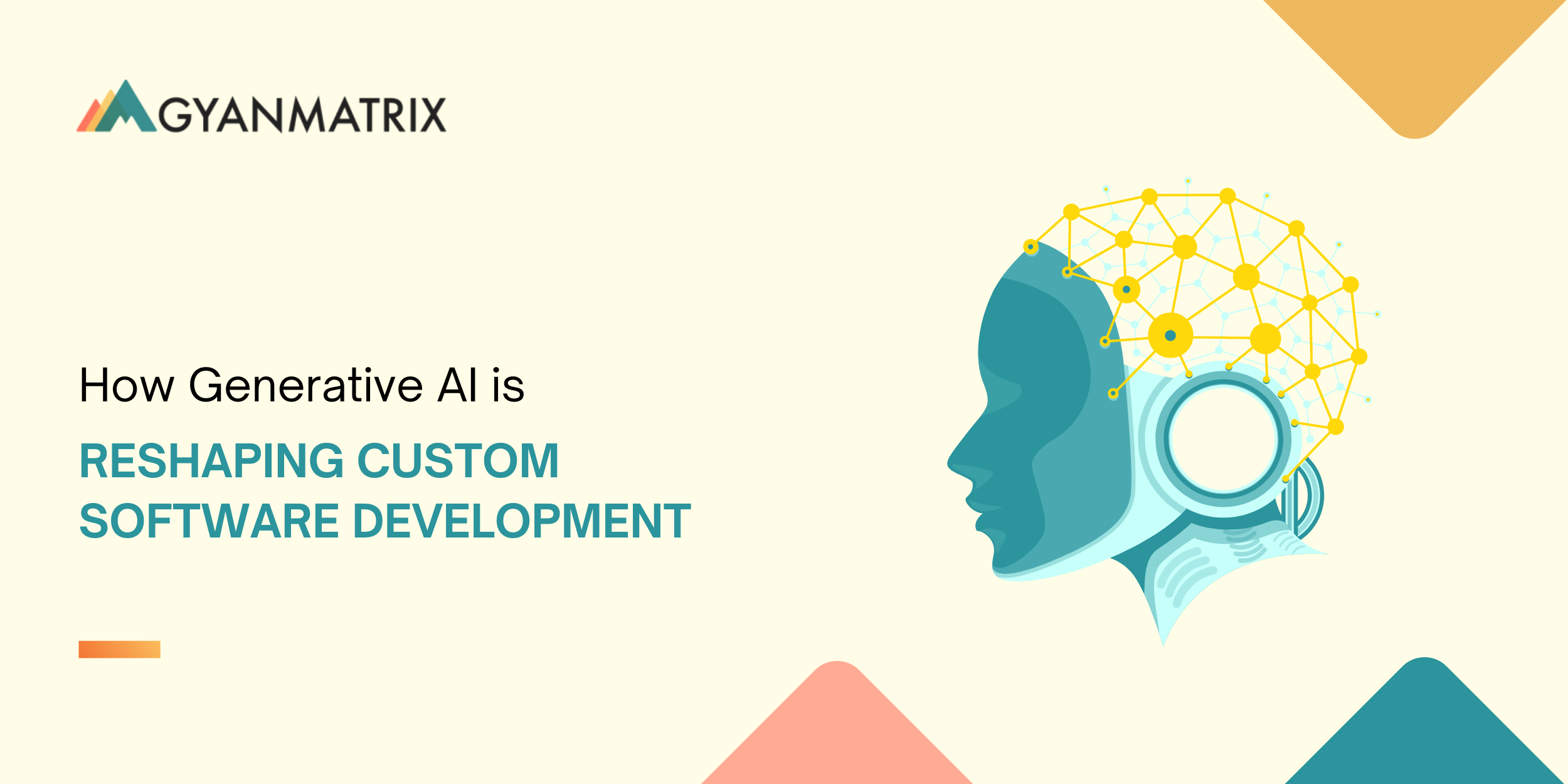The Essentials of Data Engineering Services
Do you face challenges in your daily business routine? Don’t worry, data engineering services can be the best solution for you. In this data-driven world, data is everything. It is essential. Data Engineering services cover the design. They make sure raw data becomes useful insights. It helps organizations. It helps them make informed choices. It also helps them drive growth.
Data is spreading across industries. The role of data engineering is key. It sets up advanced analytics. It does the same for machine learning. It also does it for business intelligence. Well, so let us take a close look in this blog. Lets understand the best data engineering services. Here we go!
Exploring Data Engineering
Data engineering is about making systems. It is also about building and maintaining them. These systems gather, store, process, and analyze a lot of data. Change unstructured inputs. It changes them into structured outputs. These outputs are ready for use or further analysis.
The Critical Role of Data Engineering in the Data Lifecycle
Data engineering is vital. It forms the backbone of the data lifecycle. It supports data in stages. There are stages. They are: collection, storage, processing, and transformation. Data engineers clean and fix data. They make it reliable. It helps data experts find insights. It helps them use data to make decisions. Their work is the basis of the data system. It ensures data flows well. It keeps data reliable and safe. This is true for its whole life.
Key Elements of Data Engineering Services
Data Collection
Data gathering is the first step in data engineering. It is about getting info from many sources. This can be internal databases or external APIs. It can also be IoT devices, among others. To collect data well, set up reliable pipelines. They should handle different formats. They should keep feeding storage with new records. It helps to gather data.
Storage of Data
Once collected, data needs to be stored well. It must be stored so it can be easily accessed. It will be used for processing and analysis. The data type determines the storage options. These include SQL databases. Also, data warehouses and lakes are needed. Each storage facility has its advantages. They are made for specific types of information. They are made for specific use cases. They must also consider security and affordability.
Data Processing
This stage involves cleaning raw materials. This makes them usable. We do this by checking them against some rules. It also changes them to forms fit for the intended use. This use may include other applications downstream. The main aim is to keep high quality. This applies to all types of organizations. This means ensuring the facts a program gets are right. They must also be useful. Bad facts would lead to wrong decisions later. The aim is to make everything look as planned.
Data Transformation and Modeling
At this point, it will turn content into forms. Then it will process it. These forms make it easy for anyone to analyze. Analysis teams need models. The models define how data is organized and related. Data staff and analysts must work together. Analysts’ needs must be known to create useful models. Models enable visualization. They also do other things. They help with interpretation. Insights aid decisions across organizations. It also makes data easy to understand.
Best Practices in Data Engineering Services
Data Governance and Compliance
Managing information is key. They are the most important parts of data systems. This means creating strong foundations. They are for quality control. It also means ensuring privacy. It means ensuring safety for all stored data. It is important to follow GDPR, CCPA, and HIPAA rules. Not doing so could lead to legal fines or a loss of client trust.
Scalability And Performance Improvement
Make your data engineering systems scalable. This involves designing scalable systems. They handle more load. They do this without slowing down. They may have to split the data. This will improve performance. It uses distributed processing. It could use a strategy of scaling out. It should grow horizontally. This strategy adds nodes to a system. It spreads the workload. It keeps up efficiency. This happens during times of high demand for space. This demand comes from huge amounts of input records.
Continual Monitoring And Tuning
Maximize reliability for continuous monitoring and fine-tuning. To improve reliability, engineers need tools. They use them to track how well the pipeline is doing. Storage solutions help too. They can quickly find bottlenecks. They do this through regular reviews. They look at system logs and other metrics. These show areas needing optimization. Automate alerts if an issue arises. This will help detect incidents, so they can fixed quickly. This minimizes downtime.
Collaboration and Communication Within Data Engineering Teams
Project success depends on good teamwork. The rate of success is what it depends on. It also depends on good communication. To gain knowledge, nurture closer relationships. This includes data scientists. It also includes analysts and business stakeholders. They should understand each other’s roles. They can do this through frequent meetings. But documentation is key. This will help avoid misunderstandings.
Conclusion
Data engineering powers organizations. It collects and manages data. Then, it stores and processes data to gain insights. Good governance is a good practice. Scaling and monitoring are too. They require teamwork. They build strong systems. So, investing in good data engineering is vital. It is key to success in today’s market.
If you want help, Gayan Matrix is always next to you. We help fast-growing companies. We have the best data engineering services. We help them with data management. We help them run a successful business. Need us, contact us now!
Cybersecurity in 2025: Strategies for Staying Ahead of AI-Powered Threats
In 2025, the cybersecurity landscape is more complex than ever. The rise of AI-powered ...
How Generative AI is Reshaping Custom Software Development
Generative AI has moved beyond the hype and is now becoming a transformational force in ...
From Legacy to Cloud-Native: A Roadmap for Digital Transformation
In today’s hyper-competitive digital world, businesses cannot afford to be slowed down by rigid, outdated ...
AI‑Powered Personalization in Custom Apps: Real‑World Use Cases for 2025
In today’s fast-moving digital landscape, personalization is no longer a luxury—it’s a user expectation. ...
Agentic AI: Empowering the Next Generation of Smart Enterprises
In today’s rapidly evolving digital world, organizations are no longer just competing on products or ...
Latest Trends Followed by Mobile App Development Companies in 2025
Introduction The mobile app development industry is evolving at lightning speed, driven by user demands, ...








